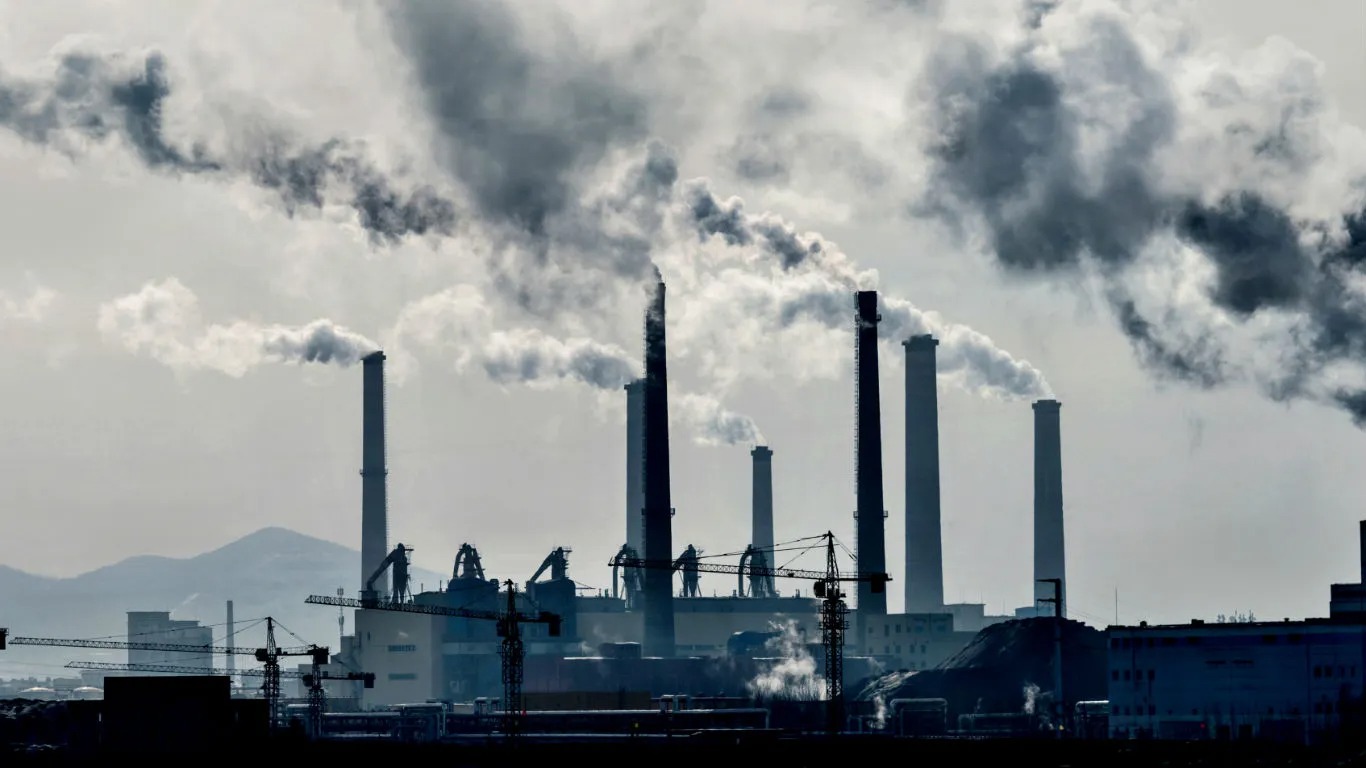
One of the major criticisms of corporate net-zero initiatives has always been that companies use carbon offset schemes to check their green boxes without actually reducing their actual pollution. Now a major investor group wants to ban portfolios from including companies that push the offsets, and instead focus them on actually cutting their carbon emissions.
The Net Zero Asset Owner Alliance (NZAOA), which includes fund managers totaling more than $11 trillion in assets, said this week it banned members from counting companies that use carbon removal plans like offsets toward their emissions reduction targets.
The announcement is the latest step in a trend among investors to focus on real carbon reductions and away from strategies that reward polluters for buying their way to a green ranking. European regulators last year said they would separate funds with environmental, social and governance (ESG) strategies into distinct categories that separate those with assets focused on reduction from others, causing a dramatic reduction in the number of funds claiming ESG themes.
The practical effect of regulators and industry groups such as NZAOA moving in this direction is that investors will have a much clearer idea whether they are investing in funds that share their desire to combat climate change or just ones that are using ESG for marketing reasons. It will certainly be a cleaner, if smaller, pool to choose from.
Whether it results in more companies actually decarbonizing their operations is another question altogether.
Eureka! The elusive ‘greenium’ has been found
. . . . It took some digging, but researchers have finally found the elusive ‘greenium,’ or green premium, in sustainable bonds, writes Mark Hulbert. Long touted as a feature of green financing, the premium was actually hard to consistently locate as sustainable bonds boomed in the past few years, until these researchers discovered a startling twist in the data. Hulbert explains why it was hiding in plain sight. . . .
This week’s subscriber-only insights
. . . . Russia’s invasion of Ukraine — a conflict that now seems to be a new escalation — has been an abomination. But there’s a glimmer of good news: The efforts of European nations to rely less on Russian fossil fuels has led them to considerably speed up their transition to renewables, an effort that has led to green energy surpassing natural gas as a generator of power. Read more. . . .
. . . . China and India are powering their transition to renewable energy sources. That’s hugely important because without the most populous nations going green, other efforts are essentially futile. Read more here. . . .
Editor’s picks: Climate change and the polar vortex; plus, more trees, please
More than 250 experts are at WMO symposium on a Global #GreenhouseGas Monitoring Infrastructure to coordinate surface and satellite observations.
Its envisages a coordinated top-down approach similar to the one successfully used for weather forecasts.
🔗https://t.co/5cmTmouFWW pic.twitter.com/bAfXwibvqE— World Meteorological Organization (@WMO) January 31, 2023
Is climate change affecting the polar vortex?
Some researchers link disruptions to the polar vortex to climate change, while others attribute them to natural variability, according to this report from Yale Climate Connections. As another arctic blast takes aim at the northeast with ice storms and record cold temperatures forecast into the weekend, meteorologists are studying whether the “stretching” of the polar vortex is happening more often as the climate warms. According to the report, Yale Climate Connections meteorologist Bob Henson says, “One school of research has found that warming in the Arctic may be causing weather weirding or torquing of the jet stream to pull cold air down more often and perhaps intensify cold and snow.” But over longer time scales, the connections are a little less solid. “So that tends to argue for what we call natural variability,” he says. While the debate continues about the role climate change plays in polar vortex disruptions, Henson says people should expect and prepare for occasional extreme cold waves.
Green infrastructure. Also known as trees
More trees in urban areas could save lives. So says research published recently in The Lancet demonstrating that planting more trees in cities to lower summertime temperatures could decrease deaths directly linked to hot weather and heat waves by a third. The article, titled Cooling cities through urban green infrastructure: a health impact assessment of European cities, says increasing tree cover to 30% would cut 0.4°C. (0.7°F.) locally, on average, during hot summer months. The report notes that currently, less than 15% of urban spaces in Europe are shaded by trees. In the 93 European cities reviewed, 6,700 premature deaths were attributed to higher temperatures in 2015. A third of those could have been prevented, according to the findings.
From brown assets to green finance
This paper proposes a market solution to enhance the role of the financial sector in the green transition. From the abstract of the IMF Working Paper titled A Market for Brown Assets to Make Finance Green: “Developing a secondary market for “brown exposures” can allow banks to dispose more quickly of stranded assets thereby increasing their capacity to finance green investments. Furthermore, newly created instruments — the brown assets backed securities (B-ABS) — can expand the diversification opportunities for specialized green investors and, thus, attract additional resources for new green investments. The experience of the secondary market for non-performing loans suggests that targeted policy and regulatory measures can simultaneously support the development of the secondary market for brown assets and green finance.” Authors: Domenico Fanizza, International Monetary Fund; Laura Cerami, World Bank – African Development Bank.
Words to live by . . . .
“Agricultural demand for water — probably the largest threat to freshwater species — continues to increase. … Meanwhile, threats to terrestrial biodiversity — primarily the conversion of habitat to agricultural uses … — have not diminished.” — Indur M. Goklany, senior U.S. science policy adviser.





